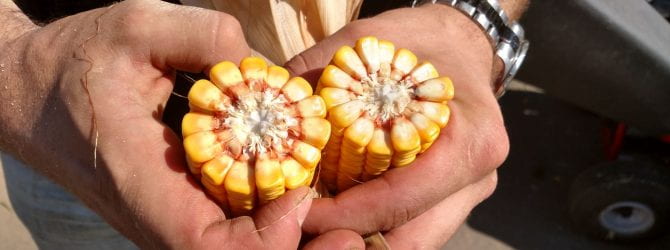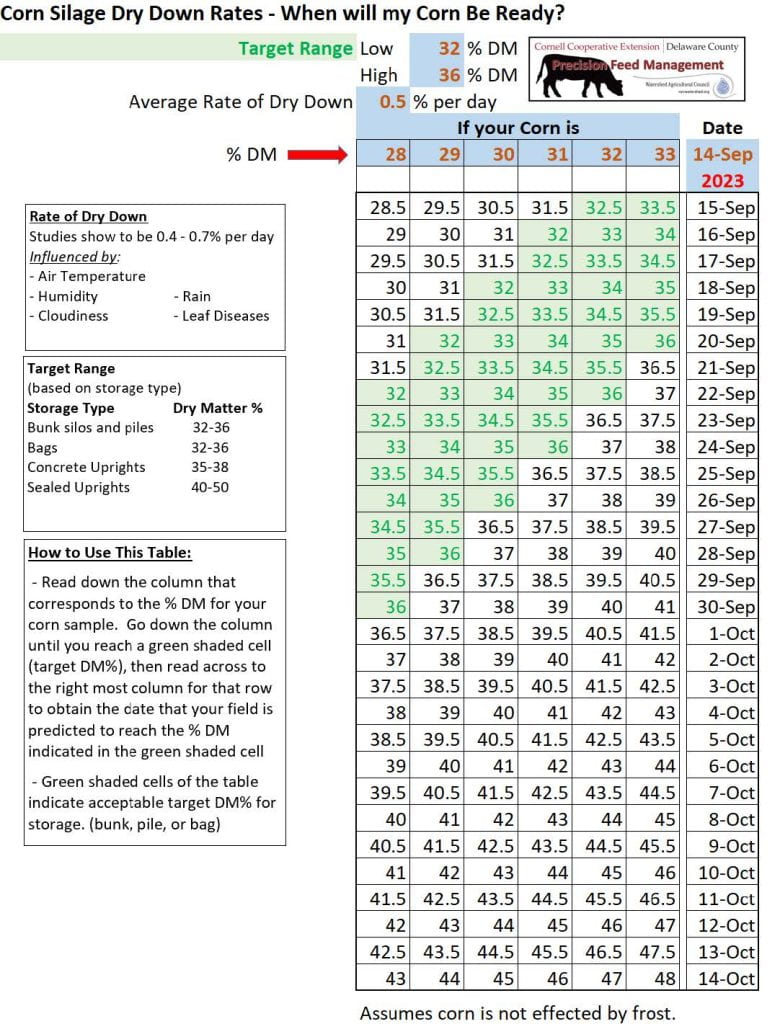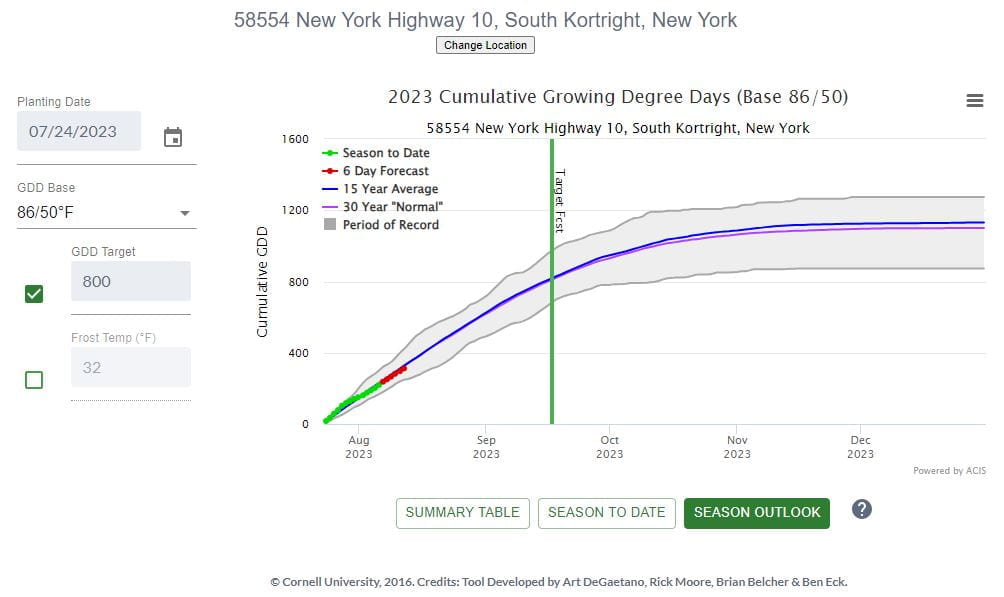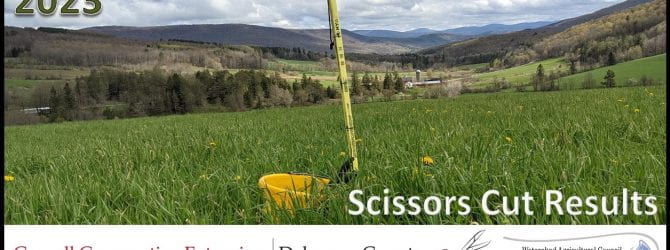Thursday January 11, 2024
SUNY Delhi, Delhi, NY
Come and join farmers from around the region for this premier agricultural event. Our top-notch speakers will be presenting timely information about Dairy, Livestock, and Horticulture production as well as Grazing Management with a focus on effective practices for farmers in the Catskill Region. Conference includes 15 workshops for all types of farms, a delicious local foods lunch, and opportunities to connect with like minded farmers from across our region.
Registration begins at 9:30 am with Early Bird sessions at 10:00 am. Dairy, Livestock, Grazing, and Horticulture tracts start at 11:00, 1:40 and 2:40
Registration $35 Deadline January 5
Register on-line here: https://reg.cce.cornell.edu/CatskillAgConference2024_212
Early Bird Sessions 10:00 am
10:00 am Introduction to USDA Programs:
Brian Sheridan, Aaron Masters, USDA FSA, Tony Capraro, USDA NRCS
Aaron Masters, FSA Farm Loan Officer will speak on FSA’s lending programs, including eligibility and how to apply. Brian Sheridan, County Executive Director will give an overview of existing FSA programs, and how to get started with FSA programs. Tony Capraro, Asst. State Conservationist for Field Operations SE Area will give an overview of current NRCS programs, how to locate specific Field Offices for assistance, program eligibility, and how to apply for NRCS Programs.
10:00 am Economic Viability Farmer Grants:
Kristan Morley, WAC Economic Viability Program
Learn about Economic Viability Program initiatives in the NYC West of Hudson Watershed
1) the development of professional business plans to better position these businesses for improved economic profitability and sustainability
2) activities that enhance economic viability through marketing, training, staffing and event/mileage reimbursement grants
3) those seeking professional services in transition, estate planning or succession planning.
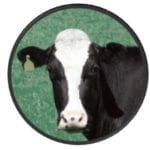 Dairy Track
Dairy Track
11:00 am Transitioning a Farm Business to the Next Generation:
John Lehr, Farm Credit East
John J. Lehr, Farm Business Consultant with Farm Credit East will be presenting on the process of transitioning business ownership and management to the next generation of operator(s). Strategies for management succession will be shared as well as the cash flow considerations of maintaining smooth business operation during the transfer process. In addition, potential hurdles to succession and the softer side of management transfer will be discussed as well.
1:40 pm Mineral Nutrition for Dairy
Dr. Tom Tylutki, Agricultural Modeling and Training Systems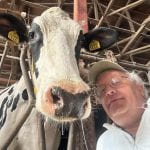
Minerals for replacement heifers… Do we really need to worry about them? Minerals play a key role in the performance we expect from our heifers. Be it growth, reproduction, or health, matching the animal’s requirements with the correct levels of minerals pays BIG dividends! Come explore how requirement levels match up with the minerals already supplied by your forages and grains. Once we know the nutrients naturally present in our feeds, we can develop a strategy to cost effectively supplement minerals and vitamins to achieve our desired outcomes.
2:40 pm The Hidden Costs of NOT Growing Your Heifers Right
Bill Prokop, DVM Attica Veterinary Associates P.C
Did you know that cows have a pretty specific number of productive days in their life? And that the older the heifer is at calving, the less potential productive days she has left? Or how about the fact that if we ‘insult’ a calf before it is born, her daughters will give less milk too? We typically hear only about the ‘cost’ of raising heifers in relation to age of first calving, but everything from how many heifers you need to raise, to milk production potential one to two generations from now are all impacted. It’s beyond costs.
 Livestock Track
Livestock Track
11:00 am Mineral Nutrition for Livestock
Dr. Tom Tylutki, Agricultural Modeling and Training Systems
Do we really need to worry about minerals for beef cattle, sheep and goats? Minerals play a key role in determining the growth, reproduction, and health of our animals. Matching the animals’ requirements with the correct levels of minerals pays BIG dividends. Come explore how the varying requirement levels by species match up with what our forages and grains naturally supply. Once this is known, we can develop strategies for minerals and vitamins that are cost effective and enhance the performance of our animals.
1:40 pm Emerging and Evolving Livestock Diseases
Dr. Mary Smith, DVM, Professor Cornell University
Dr. Smith will draw from her extensive knowledge and experience to cover several conditions of sheep and goats that are receiving increasing recognition in New York State. Symptoms and means of prevention will be discussed for common issues like predation, meningeal worm, and Lyme disease as well as less common ones like Cache Valley virus that can cause severe fetal malformations. Prevention of anthelmintic resistance will be discussed and how misguided attempts to prevent meningeal worm are adding to the resistance problem.
2:40 pm Successfully Selling Meat
JJF Farm, East Jewett, Albano Farms, Stamford, Evans & Evans Farm, Andes
Direct to customer meat sales have become an important source of revenue for many livestock farms. This panel will share how they have increased their sales and provide quality service to their customers. Following short presentations from each farm, there will be a moderated question and answer session.
 Grazing Track
Grazing Track
11:00 am Grazing Wet Areas of Your Farm
Russ Wilson, Wilson Land & Cattle Co.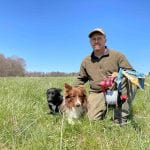
Russ manages his 220 acres of pastures for over 300 days of grazing each year. Many of these acres have wet soil conditions for significant portions of his grazing season. Russ will explore and explain how he manages these areas with the goals of enhancing forage production considering the diversity of plant species while promoting wildlife and water quality conservation.
1:40 pm Watering Systems Design, Troubleshooting, & Maintenance
John Benscoter, Retired NRCS Engineering Technician, Russ Wilson, Wilson Land & Cattle Co.
John will provide key design considerations and management strategies that optimize watering efficiency for your animals on pasture while at the same time keeping the system functioning with a minimum of maintenance in all seasons. Russ will share how he uses cost effective strategies to address water challenges in his grazing system with a focus on ensuring a reliable water supply throughout the year.
2:40 pm Multi Species Grazing-What We’ve Learned
Ronald Kuck, CCE Cayuga County
Grazing two or more species of livestock, at the same time, in the same pastures is actually the most common farming approach in the world. Ron will explain the various ways that multi species grazing can be implemented and detail the benefits to your land with the additional management lessons learned on farms and from research. Multi-species grazing can increase pasture health and diversify your livestock sales with the ultimate goal of getting the most profit out of your pasture acres.
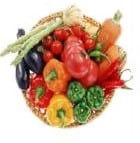 Horticulture Track
Horticulture Track
11:00 am To Bee or Not to Bee: Encouraging Pollinators on Flower and Vegetable Farms
Garet Livermore, CCE Herkimer County
This session looks at the emerging research on the competition between western honey bees (Apis mellifera) and native pollinators and whether keeping bees is beneficial or harmful. It also presents model practices to encourage native pollinators that includes an overview of native resident and migrating pollinators of upstate New York and their habitat needs.
1:40 pm Growing at Flower Hill Farm
Nicole Pitt, Owner, Flower Hill Farm
Nicole will discuss how a love for her land led to the formation of a flower farm and how social media garnered her small business a global audience. She also will talk about if social media is hurting or helping my business and discuss if flower farming is sustainable without other sources of income?
2:40 pm IPM Strategies for Vegetable and Cut Flower Producers
Betsy Lamb, NYS IPM Program, Cornell University
Integrated Pest Management (IPM) addresses key growing challenges and embraces recent technological advances, including biological control and the integration of disease resistant varieties. Coping with emerging pests, adaptation to climate change, innovations in pest monitoring, community engagement, and regulatory considerations all shape the evolving landscape of IPM, emphasizing sustainable practices and economic viability.
Lunch 12:00 noon
Managing the Changing Weather
Jeffrey Potent: Columbia University
Successful farming has always been about managing the changes around us. Jeff will describe a new research project working with farmers to adapt best management practices to protect water quality and farm productivity in response to anticipated changes in weather patterns.







 Dairy Track
Dairy Track

 Livestock Track
Livestock Track

 Grazing Track
Grazing Track

 Horticulture Track
Horticulture Track



